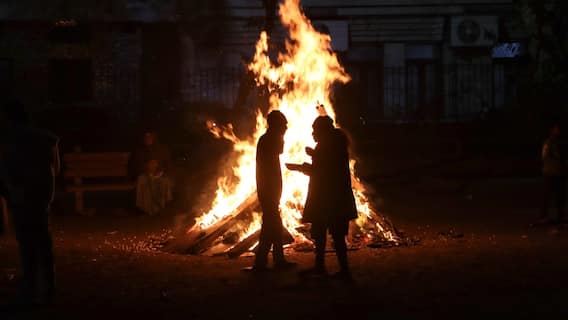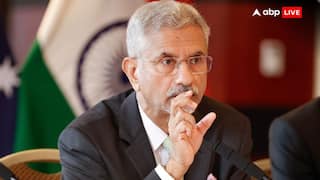India’s Forex Reserves Rise To Record High Of USD 642.453 Billion. Know What It Means For Economy
The country's reserve position with the IMF increased by $11 million to $5.121 billion in the reporting week, the data showed.

New Delhi: India’s foreign exchange reserves increased by $8.895 billion to touch a record high of $642.453 billion in the week ended September 3, according to the Reserve Bank of India. As of August 27, the reserves had surged $16.663 billion to $633.558 billion, on the back of an increase in Special Drawing Rights (SDR) holdings, according to news agency PTI.
International Monetary Fund (IMF) had made an allocation of SDR 12.57 billion to India.
While the week ended September 3 witnessed the rise on the back of foreign currency assets (FCAs), a major component of the overall reserves, Reserve Bank of India's (RBI) weekly data released on Friday showed.
ALSO READ: Domestic Air Fare: Know How Govt Can Slash Rates As Passenger Traffic Booms
FCA rose by $8.213 billion to $579.813 billion in the reporting week, according to the data. Gold reserves were up by $642 million to $38.083 billion in the reporting week, as per the data.
The special drawing rights (SDRs) with the IMF rose by $29 million to $19.437 billion. The country's reserve position with the IMF increased by $11 million to $5.121 billion in the reporting week, the data showed.
What are foreign reserves?
Forex reserves are external assets in the form of gold, SDRs (special drawing rights of the IMF) and foreign currency assets (capital inflows to the capital markets, FDI and external commercial borrowings) accumulated by India and controlled by the Reserve Bank of India.
Depicted in dollar terms, the foreign currency assets include the effect of appreciation or depreciation of non-US units like the euro, pound and yen held in the foreign exchange reserves.
What does it mean for the economy?
The rising forex reserve is seen as an element of comfort for the government and the Reserve Bank of India by helping it manage its external and internal financial issues. The surging rising reserves help to cover its import bill and also aid the rupee to strengthen against the dollar. Apart from showcasing a level of confidence to markets that a country is in a position to its external obligations, it also indicated the backing of domestic currency by external assets, and assist the government in meeting its foreign exchange needs and external debt obligations.
Even as foreign exchange reserves are needed to ensure economic stability besides safeguarding against currency swings, it’s important to determine the level of reserves necessary, how it needs to be invested, and how it can be utilised in times of economic need.
Trending News
Top Headlines








































